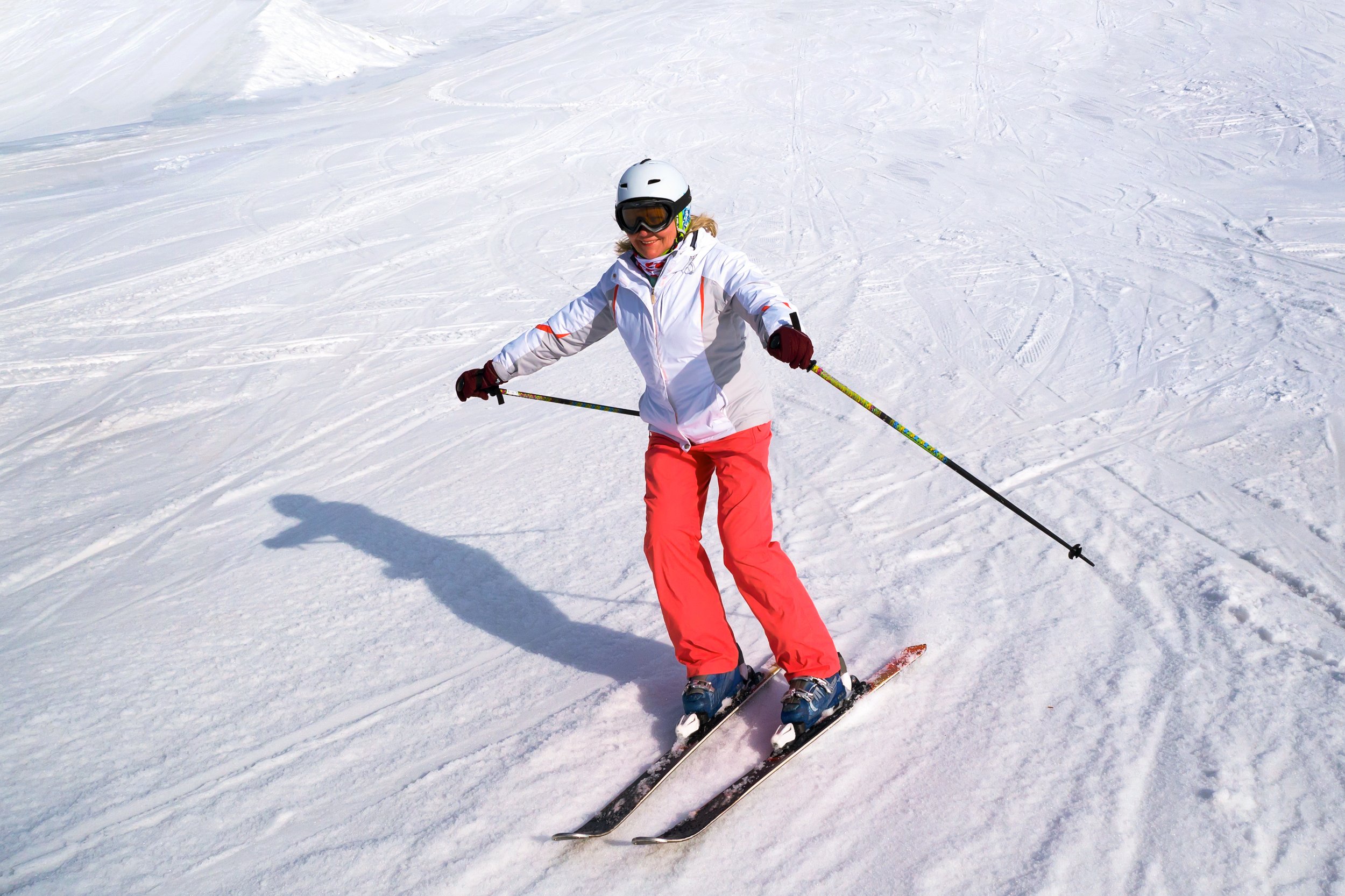5 Tips to Help You Ski With Knee Osteoarthritis
"Can I still ski?" is a common question among winter enthusiasts with knee osteoarthritis.
The good news is that for many people, the answer is yes! With a little bit of planning and a few extra precautions, you can still chase untouched corduroy and fresh powder. Of course, it's important to first consult with an orthopaedic physician to ensure that it's safe for you to do so.
Dr. Cafferky, a renowned total joints surgeon at The Steadman Clinic, is dedicated to helping his patients with osteoarthritis stay active and on the slopes. Here are five tips he recommends for skiing with knee osteoarthritis.
1. Start Training Before Ski Season
Staying active and strong year-round is key to having a successful ski season. Consistent cardio, strength training, and balance exercises will help ease the stress on your joints, reduce muscle fatigue, improve stability, and give you more energy — all of which will make for a more enjoyable day on the slopes.
2. Warm Up Before First Chair
There's nothing like getting first tracks, but if you haven't had a chance to do warm-up, take five to 10 minutes to get your blood flowing (it won't be skied out that fast!). A brisk walk, plus dynamic stretching exercises like squats, leg swings, and arm circles, will loosen and prepare your muscles and joints for the day ahead. Warming up isn't only good for your body; it can help prevent injury and improve your overall performance on the hill.
3. Take It Slow at First
If you're just getting back into skiing after a diagnosis of knee osteoarthritis, it's best to start slow. Choose gentle slopes that aren't too steep. As you get more comfortable, you can gradually move on to more challenging terrain. But always listen to your body — if something hurts, stop immediately and rest.
4. Know Your Limits
Let your body guide you. Skiing with knee osteoarthritis isn't the time for "no pain, no gain." The goal is to call it a day before your knee flares up and your form is affected (increasing the risk of injury). Take more time between runs to enjoy the views, stop at the lodge for coffee or a snack, and choose runs appropriately — moguls are hard on even healthy knees!
5. Wear a Knee Brace (If Recommended)
If you are experiencing instability in the knee, Dr. Cafferky may recommend wearing a knee brace while skiing. This is best done in conjunction with an exercise therapy program that focuses on improving knee stability.
Is Knee Pain Keeping You Off the Slopes?
If knee pain or other osteoarthritis symptoms are keeping you off the slopes, don't hang up your skis just yet. Contact Dr. Cafferky and his team at The Steadman Clinic today.
Team Cafferky understands better than anyone how important outdoor activities are to the highly active residents of Eagle, Summit, and Gunnison counties. They will work with you to develop a treatment plan that's right for your lifestyle and gets you back on the slopes.
Call (970) 476-1100 or request a consultation using Team Cafferky's online appointment request form.


